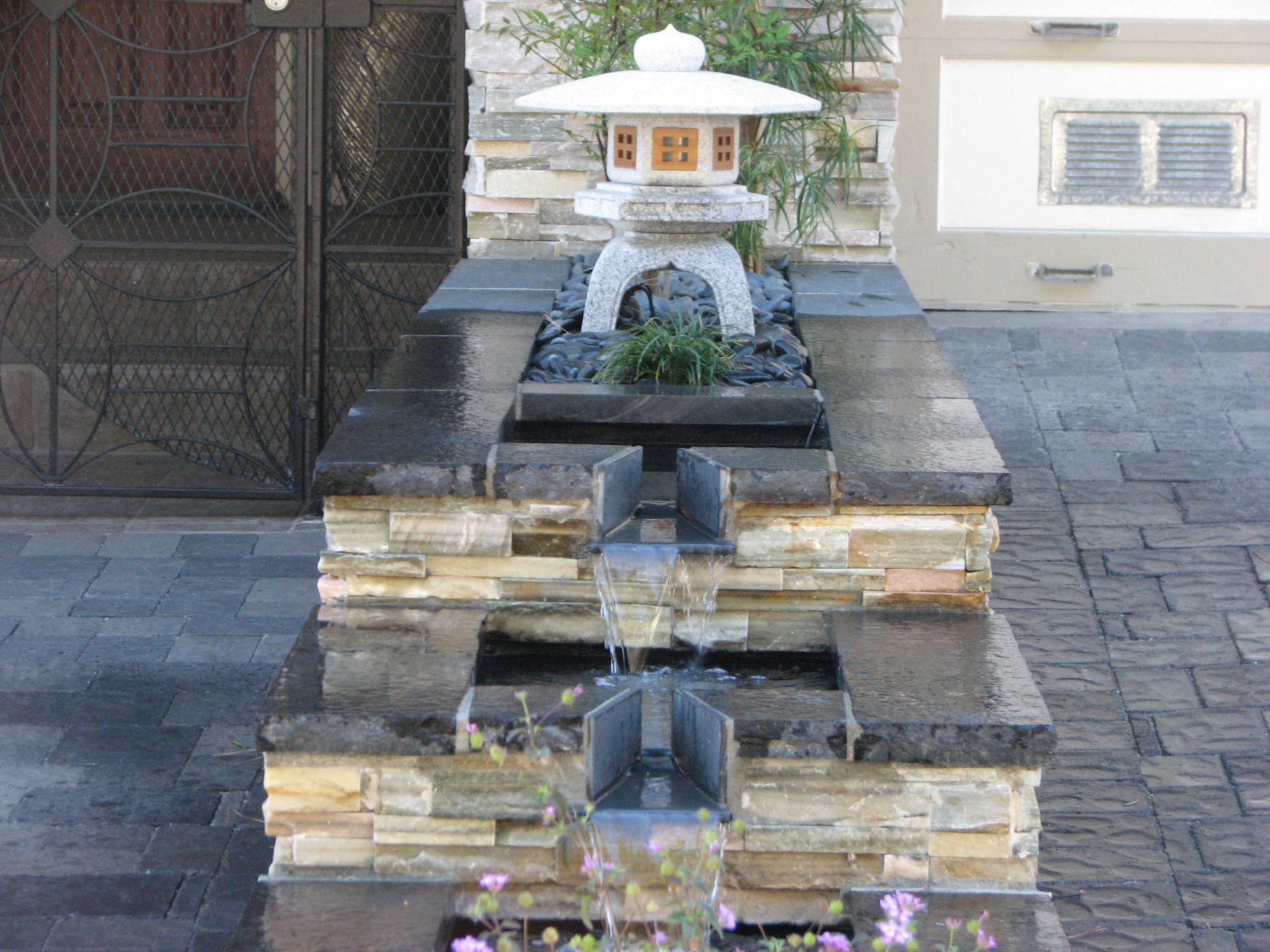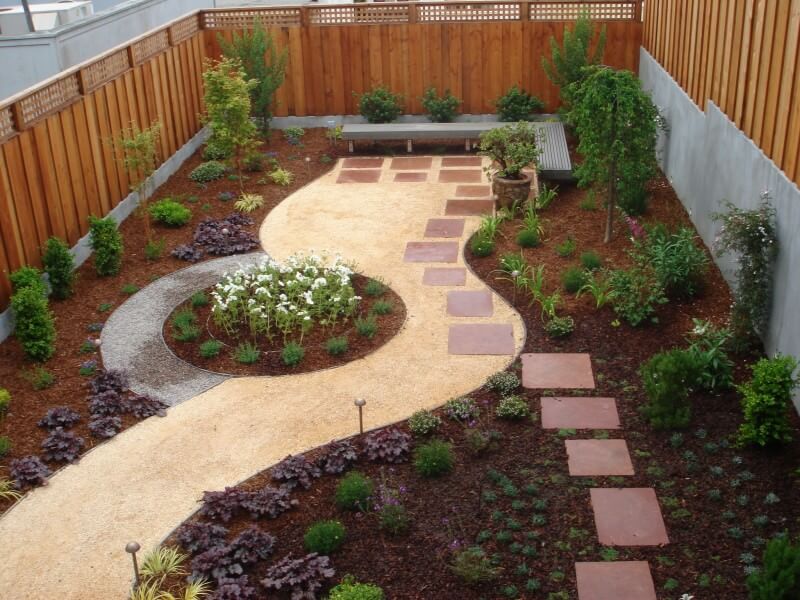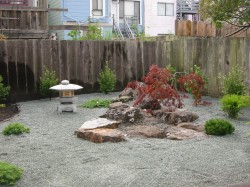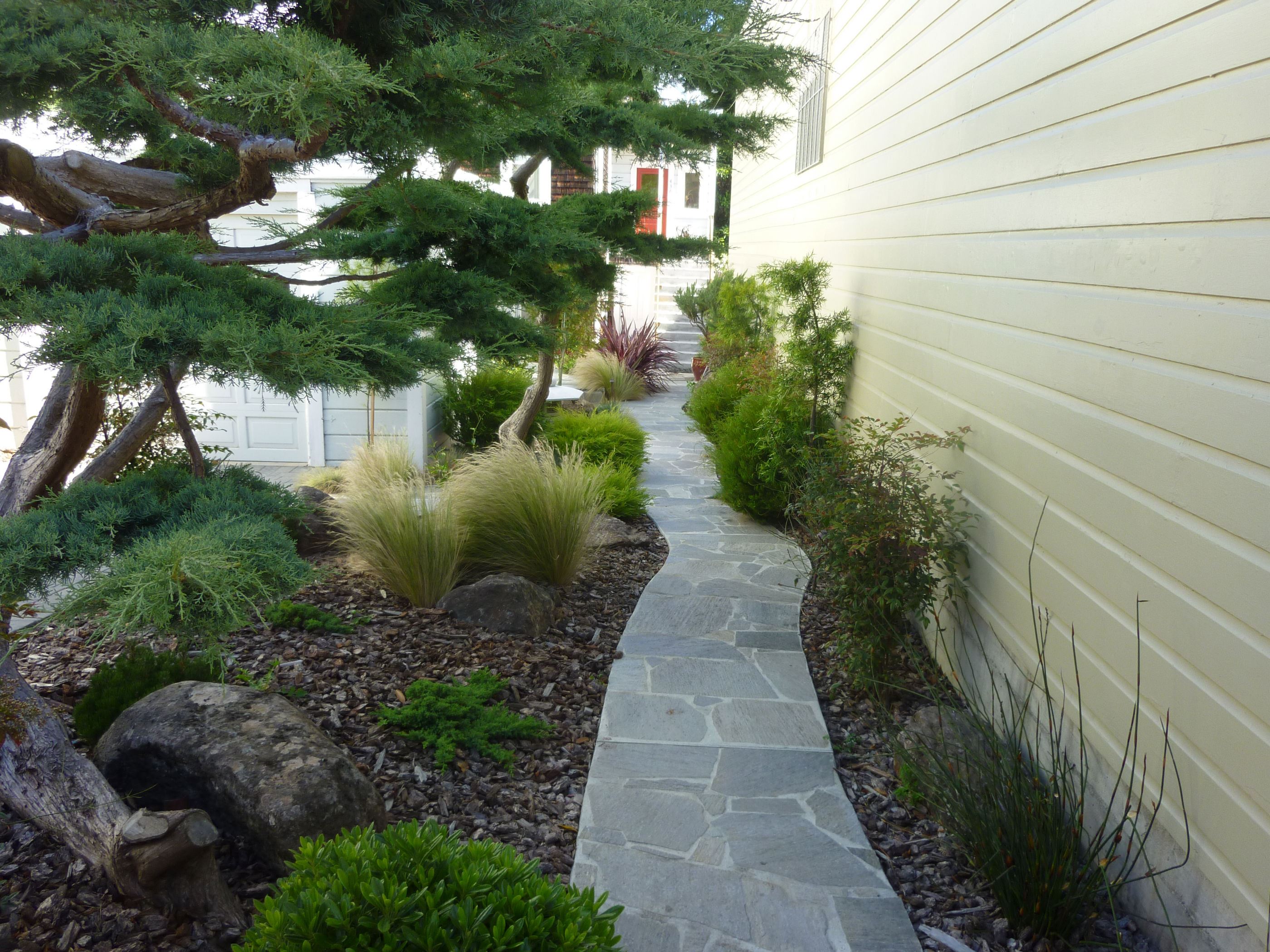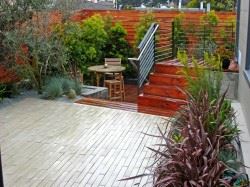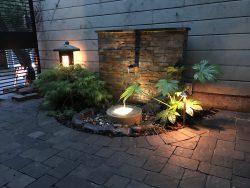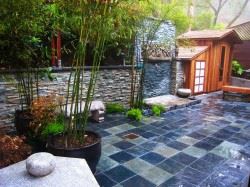Tea gardens are inspired by the traditional tea ceremony and provide a cozy space for relaxing and socializing. These gardens usually include a small tea house or pavilion, along with comfortable seating areas.
They also include gentle water features, like small streams, and carefully chosen plants.

